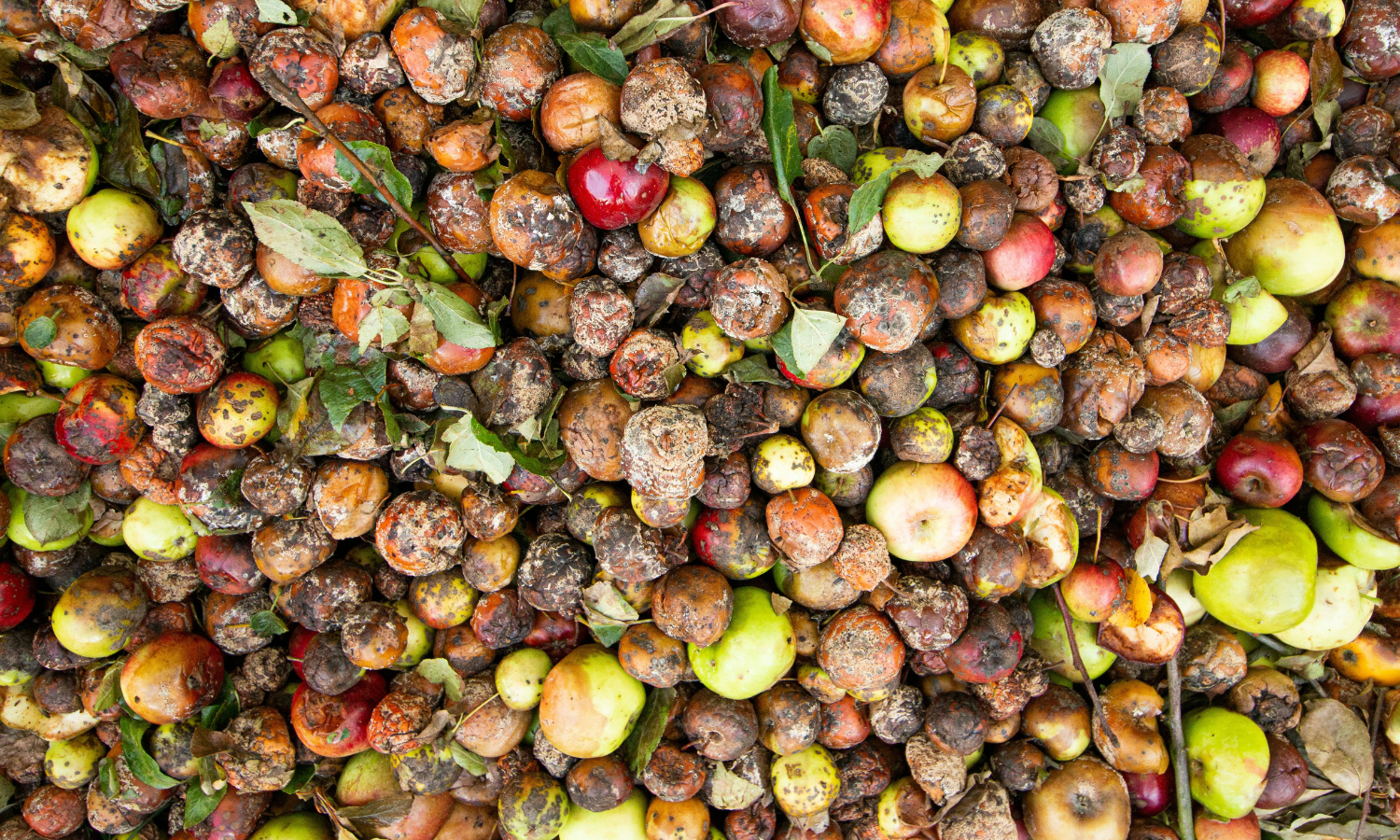A version of this piece was featured in Food Tank’s newsletter, typically released weekly on Thursdays. To make sure it lands straight in your inbox and to be among the first to receive it, subscribe now by clicking here.
More than one third of all food produced globally goes to waste, according to the U.N. Environment Programme. In fact, about 8 to 10 percent of all greenhouse gas emissions are generated by producing food that’s never eaten!
Fortunately, plenty of companies and organizations are getting creative on solving food waste. Food startups are upcycling ingredients into new products, and the Biden-Harris Administration, in collaboration with three government agencies, recently released a strong National Strategy for Reducing Food Loss and Waste and Recycling Organics.
In the U.S., almost half of all food waste is generated in our homes, according to data from ReFED.
This means, when it comes to food waste, each of us has the power to create significant progress on a food system-wide level. And those changes can start in our kitchens.
Taking the time to prevent food waste at home is “a way that we can be more mindful of the food that’s on our plates and honor all of the energy and time put into it, not only by our planet, but also by those who produced it,” says chef and advocate Haile Thomas.
This week, I want to highlight a few cookbooks that are helpful guides to cutting down on food waste in meaningful ways—and having an impact beyond the walls of our homes.
In “Cooking with Scraps: Turn Your Peels, Cores, Rinds, and Stems into Delicious Meals,” Lindsay-Jean Hard’s recipes show how we can make delicious foods from carrot greens, broccoli stems, water from canned beans, and more—all while saving a little bit of money.
In “Cured: Cooking with Ferments, Pickles, Preserves & More,” Steve McHugh and Paula Forbes provide a comprehensive guide to curing and preserving, plus recipes like kimchi meatloaf; creamy smoked seafood, parsnip, and celery root soup; and smoked nut chocolate tart.
In “Cook More, Waste Less,” Christine Tizzard provides tips for saving money, helping the planet, and getting the most out of ingredients that are perhaps a little past their prime.
In “Lagniappe Leftovers,” Louisiana native and award-winning chef Susanne Duplantis takes leftovers from Southern meals and transforms them into new dishes.
In “Perfectly Good Food: A Totally Achievable Zero Waste Approach to Home Cooking,” Margaret Li and Irene Li provide more than 80 recipes and 150 tips to transform fridge leftovers and reduce grocery expenses.
In “Scrappy Cooking: 140+ Plant-Based Zero-Waste Recipes That Are Good for You, Your Wallet, and the Planet,” New York Times bestselling author Carleigh Bodrug offers whole-food, plant-based, and approachable recipes to transform leftovers and scraps into delicious meals.
In “The Low-Carbon Cookbook & Action Plan: Reduce Food Waste and Combat Climate Change with 140 Sustainable Plant-Based Recipes,” Alejandra Schrader offers up 140 plant-based recipes with low carbon footprints and local ingredients to help us combat climate change from our kitchens.
In “The Preserving Garden,” Jo Turner explains how to create a garden that will provide food year-round. The book profiles 43 different plants, which are featured alongside recipes to make the most of those ingredients, too.
In “The Less Waste No Fuss Kitchen: Simple Steps to Shop, Cook and Eat Sustainably,” Lindsay Miles helps eaters reduce their waste—from reducing single-use plastic packaging to making the most of food scraps—beginning at the store.
In “The Zero Waste Chef,” Anne-Marie Bonneau shows that making the most of leftovers is simple and free.
In “Waste-Free Kitchen Handbook: A Guide to Eating Well and Saving Money By Wasting Less Food,” Dana Gunders—a food waste expert who is the Executive Director of ReFED—provides recipes and strategies, plus helpful checklists, to guide us through a zero-waste lifestyle.
In “Waste Not: How To Get The Most From Your Food,” the James Beard Foundation rounds up 100 recipes from chefs including Rick Bayless, Elizabeth Falkner, and Bryant Terry to help people use up ingredients that often get scrapped.
In “You Can Cook This! Turn the 30 Most Commonly Wasted Foods into 135 Delicious Plant-Based Meals,” Max La Manna identified 30 of the most commonly wasted ingredients from tens of thousands of social media responses, and created recipes including cauliflower ragu, coffee grounds pancakes, and stems and herbs pesto pasta.
We’ve reached a “reckoning point where we have to move away from pure awareness and actually start changing habits,” Yvette Cabrera, Director of Food Waste at the Natural Resources Defense Council, told Food Tank.
I couldn’t agree more. Transforming the food system means we all need to step up and advocate for what we believe in—and by prioritizing low food waste, we can get started on building a better food system with our next meal.
How do you reduce food waste in your own home? Share more ideas with me at danielle@foodtank.com.
Articles like the one you just read are made possible through the generosity of Food Tank members. Can we please count on you to be part of our growing movement? Become a member today by clicking here.
Photo courtesy of Marek Studzinski, Unsplash















